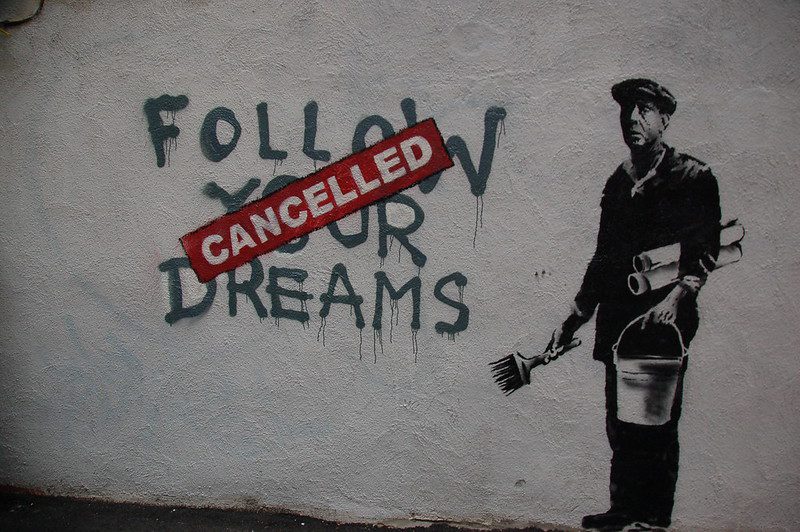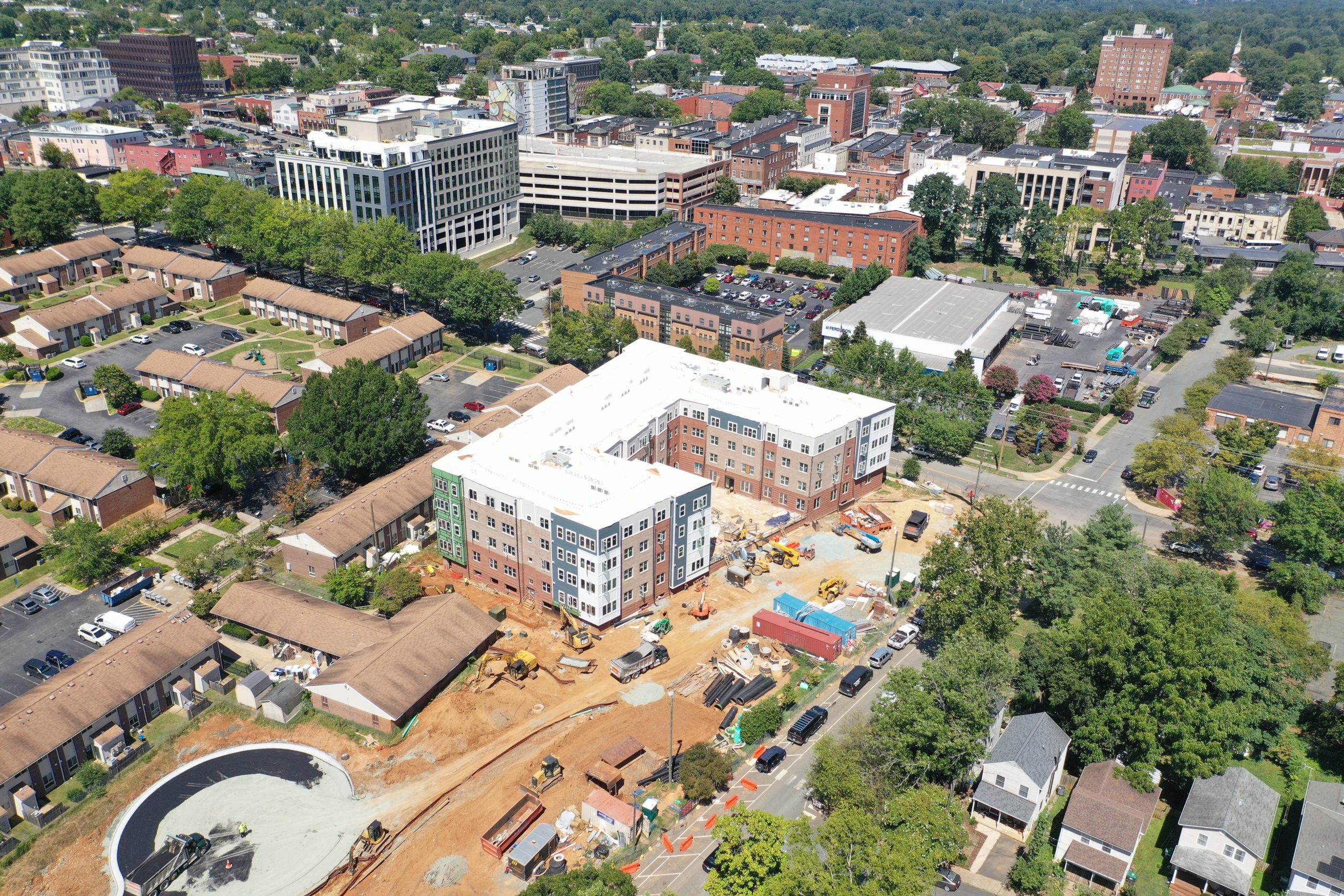President Biden has outlined a major affordable housing agenda for this election season, encompassing multiple initiatives to increase supply, improve conditions for renters, and make homeownership more accessible.
One of the proposals he gave explicit support to in his State of the Union address was the Downpayment Toward Equity Act, which would give $25,000 downpayment grants to first-time, first-generation home buyers.
In an era when we are trying to figure out how to fix the enduring legacy of racial discrimination in housing, while also facing attacks from those who feel that trying to fix the results of discrimination is somehow itself discrimination, targeting first-generation homebuyers for help is a great policy.
One of the things that perpetuates the racial wealth gap is the fact that millions of white families benefited from windfall increases in home prices on homes that were purchased during a time when starter homes were affordable and racial discrimination in lending and selling was explicit and condoned. They passed that wealth down, enabling their children to purchase homes while the children of those who did not have those benefits do not have that help into homeownership, even when their incomes and savings habits are the same.
The Urban Institute ran the numbers, and the way that the Downpayment Toward Equity Act defines first-time and first-generation—your parents are currently renters, you must be under a generous income threshold, and you must not have owned a home in the past three years—would help people of all racial backgrounds, but would help significantly more of those folks whose families were shut out of the housing market in the past. This is an elegant solution—kind of like systemic racism in reverse, building in proper incentives to have an automatic ameliorating effect—while being pretty airtight to criticism of bias. It speaks right to the heart of the idea that opportunity shouldn’t be based on what your parents have managed to achieve, which is still part of our national mythos, if not our reality.
It’s wonderful to see a program that goes beyond income to really get at both the importance of assets, which are far more skewed than income is, and the generational nature of asset advantages.
It’s clear that targeting downpayment assistance to first-generation homebuyers would do great things for those it includes, and distribute its benefits in a reparative fashion.
It also is good that the program as proposed does not define the term “first-generation homebuyers” to mean only people whose parents were never homeowners; doing so would have left out people whose families had short-term experiences with homeownership and/or lost their homes, likely not gaining any assets to pass along. The current proposal also excludes homes owned without clear title through heirs property or purchased with personal property loans (many manufactured homes), which are also good moves on the equity front.
(If this program is instituted with the current definition, however, those implementing it will need to do some serious PR around the definition, because “first generation” is more commonly used with regard to higher education, and many will assume it does mean your parents were never homeowners.)
Could Do Better
However, as big a step forward as this approach to downpayment assistance is, it’s still using a proxy to estimate need, and proxies are always . . . approximate. It’s really really hard not to reproduce the results of our society’s pre-existing biases. While “first-generation homeownership” does pretty well at that for those it includes, it still has a disparate effect in terms of who it excludes.
Take the administration’s statement on who they want to help with this program, which is actually more specific than the program’s definition: “first-generation homebuyers whose families haven’t benefited from the generational wealth building associated with homeownership.”
Here’s the rub—not everyone whose parents own a home has “benefited from the generational wealth building associated with homeownership.”
That’s because there’s also a significant racial bias in how home values have increased. Homeowners of color, especially Black homeowners, are more likely to have been forced to buy homes in worse condition and in neighborhoods suffering from a lack of investment, lack of infrastructure, and the presence of noxious uses that limit appreciation. They were more likely to get predatory financing, and face both assessment and appraisal bias.
People in rural areas are also affected. They are far more likely to be homeowners than urban residents, even when low income, but they also are more likely to have lower-value homes that haven’t seen much appreciation. From 2010 to 2015, the rate of home value increase in rural areas was a quarter of the rate in urban areas.
In other words, this eligibility formulation has a disparate impact on families of homeowners in places that are persistently poor.
Additionally, it reinforces two problematic narratives—first, that of the “deserving poor,” implying that there are some people who can’t afford a downpayment but shouldn’t get help because if their parents were homeowners and they still don’t have enough money for a downpayment then someone did something wrong (and if your family did something wrong then you don’t deserve help). Relatedly, it reinforces the extremely persistent false narrative that owning a home always leads to substantial wealth building.
This is fixable, or at least improvable. We could bring this proposal more closely in line with the stated spirit by also including first-time homebuyers whose parents own homes of modest value in census tracts where housing prices have not appreciated more than some threshold since they purchased. It would take some number crunching to find the best threshold, but it would be worth doing.
The proposal is also absolutely worth doing as it is now, to be abundantly clear. It is moving in the right direction. But it would be really great if it could take another step closer to helping exactly who it means to help.






Comments